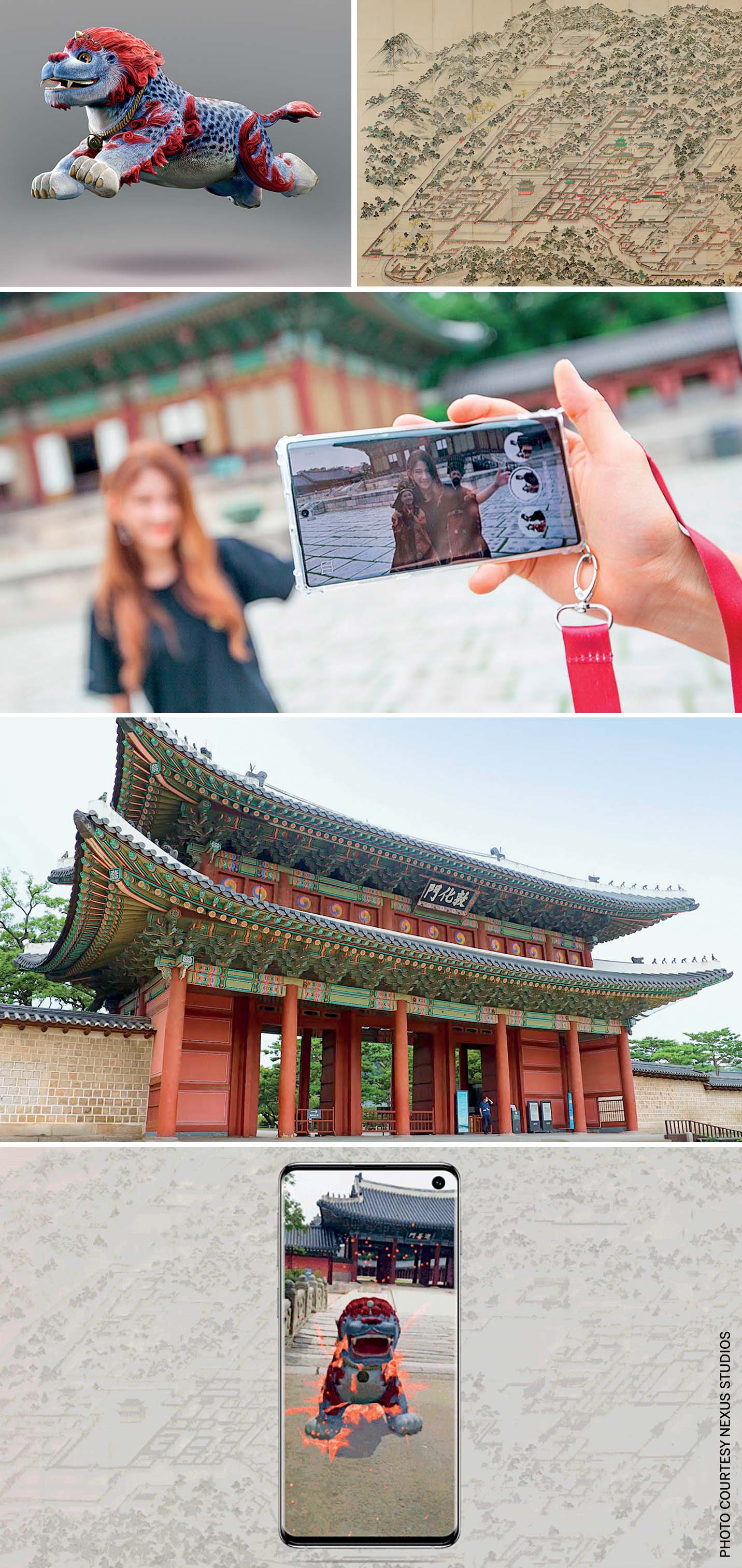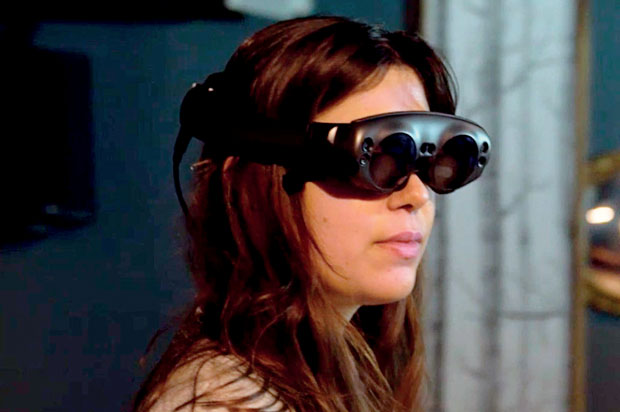While cultural heritage provides a way for us to come together and celebrate shared experiences, traditions and values, festivals are a way to preserve this cultural heritage and promote understanding of different cultures. Pandemic-related disruptions to social connections mean that festivals — especially if they leverage digital technology — now have the opportunity to play an important role in rebuilding that sense of community and togetherness.
Technological advancements like Virtual Reality (VR) and Augmented Reality (AR) can play a big role in preserving heritage and bringing immersive experiences to festivals. BBC Civilisations XR (Extinction Rebellion) is an immersive virtual reality experience that provides users an engaging way to explore artifacts and heritage globally. What makes it exciting is the up-close view of artifacts, approachable learning about history, and exposure to various cultures around the world. In its current form, the experience is challenged by accessibility issues — users have minimal control over the movements, limited to pinching, zooming and scaling — and people with mobility impairments risk feeling excluded from the XR experience.

Changdeok ARirang offers an interactive tour at the UNESCO world-heritage site, Changdeok Palace. Combining education and storytelling, it digitally maps out the site where visitors embark on a journey to discover, learn and take part in traditional customs guided by a mythical creature. What stands out is the personalised experience where visitors select their own route with the help of an interactive map.
In both these examples, an inevitable accessibility gap surfaces: users need smart devices to participate, limiting engagement. Imagining a world where immersive experiences are accessible to everyone is encouraging to envision, but also challenging to implement.
Technological advancements like VR and AR can play a big role in preserving heritage
Allowing access through everyday digital devices, Diwali@Home by Artists in Residence at Google Arts & Culture Lab brings millions together for Diwali festivities. It allows users to play with Diwali lights, decorate their space virtually with diyas (lamps), light a virtual anar (firecracker), and learn about important cultural traditions. While lighting virtual firecrackers is definitely a sustainable alternative to the original, the experience misses the physical sensory experience such as ambient sounds of firecrackers and the tactile sensation of lighting diyas. It could be interesting to see how technology opens up doors to create an immersive experience that targets all the sensations.

Top First Right: Map of Changdeok: It helps users explore secret portals to unlock hidden histories
Second: Take a selfie with the King and Queen: Visitors can interact with the King and Queen. They can pose for photos that can be saved and shared instantly
Third: Changdeok Palace: A UNESCO world-heritage site
Bottom: Changdeok ARirang ‘At Home’: An ‘At Home’ version of the experience released during COVID-19, allowing people to access this content from anywhere in the world
Further from these examples, there are opportunities for AR Festivals to offer a wider selection of festivals for users to participate in. Some may immerse themselves in the folk dances of Nagaland’s Hornbill Festival, while others can experience the exciting atmosphere of Spain’s Tomatina Festival.
Despite the benefits, digital experiences can lack the physical aspects of engaging with real objects and environments. While technology has the power to bridge gaps, it makes me wonder: should we not strive for less screen time and more real-world connection?
In any case, the future of AR Festivals is unstoppable and as technology continues to evolve, there will be new opportunities to create more engaging experiences. Emergent technology has the potential to immerse users in the sights, sounds, smell and energy of festivals, deepening their understanding of diverse cultures.
Imagine attending an immersive Holi festival where one can smell the fragrances of the colourful powders, listen to the foot tapping beats and feel the splashes of water — truly a multi-sensory experience that brings people closer. Or imagine experiencing the Chinese lantern festival, where individuals interact with virtual lanterns, participate in lantern making and are enchanted by the Chinese dance performances and rituals. Paired with features like audio descriptions and haptic feedback for individuals with impairments, such experiences can utilise technology for good by breathing new life into ancient traditions, encouraging cross-cultural understanding and bridging the cultural gaps in our community.



Comments (0)